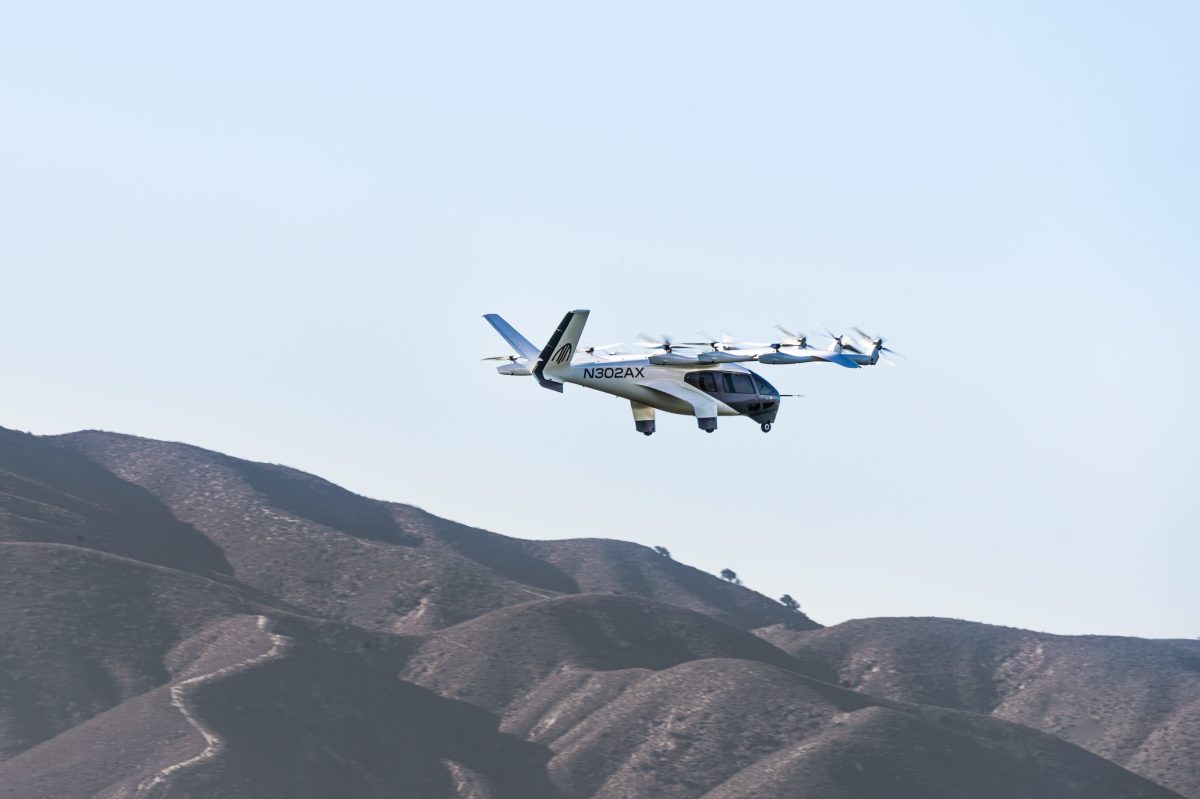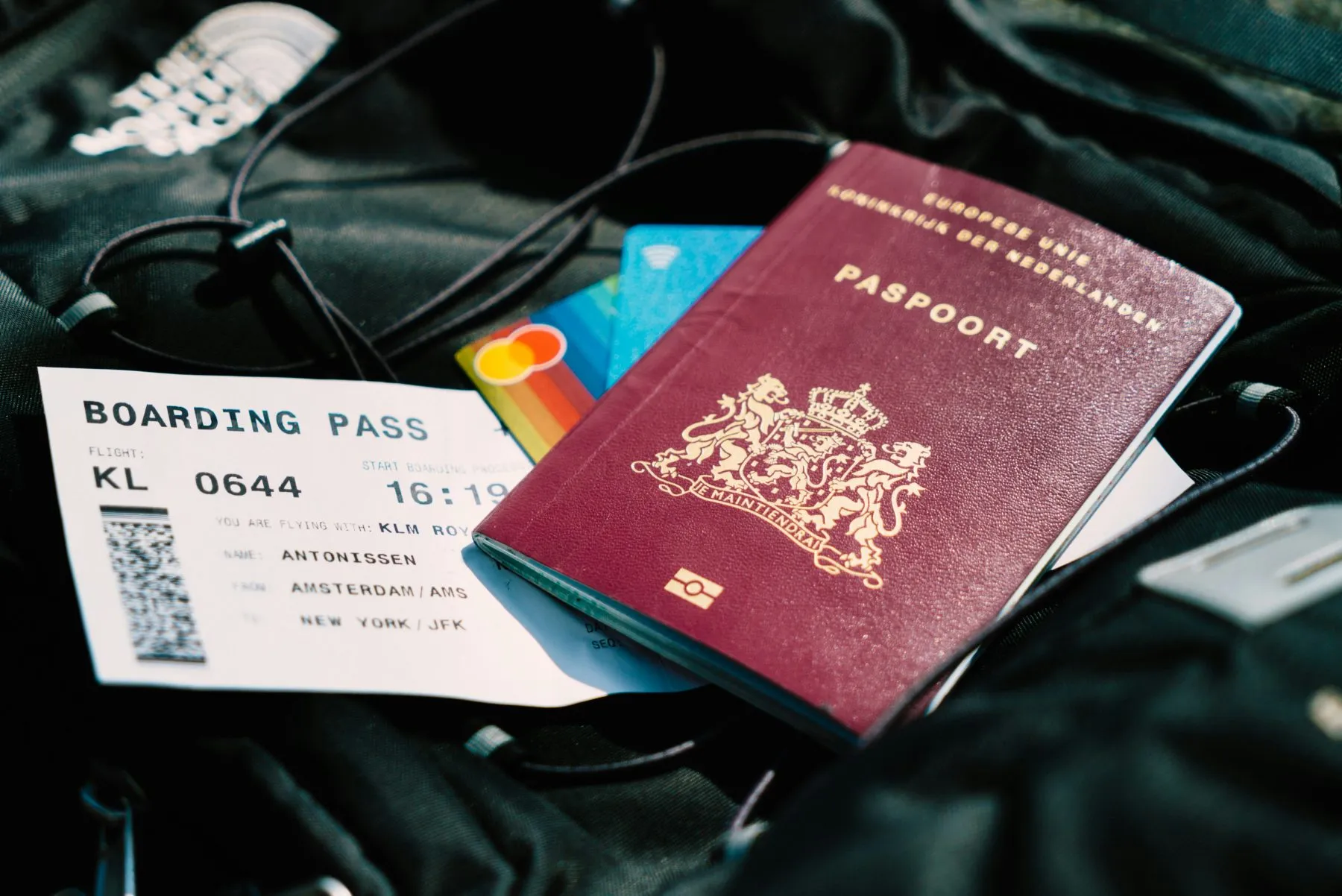New Whitepaper: How Airlines Can Leverage Location-Based Data to Increase Market Share

Skift Take
This sponsored content was created in collaboration with a Skift partner.
Today, we’re publishing a new whitepaper by Skyhook, “Location Data: Key To Understanding Airline Customer Behavior,” which explores how airlines can use geospatial, temporal, and other flight data to gain a clear understanding of passenger behavior, travel patterns, and customer preferences to ultimately increase their market share and drive customer loyalty.
The loyalty landscape in today’s travel ecosystem is fueled by strategic partnerships. From co-branded credit cards and airline alliances to airline partnerships with hotels and ride sharing services — the ability to earn and use rewards across brands is a compelling driver for customer loyalty. In today’s data-rich world, these partnerships should not happen in a vacuum.
Data from Skyhook provides airlines with direction on which partnerships to pursue and how to offer more personalization after the completion of a trip. For example, Skyhook found that if available as an option, Delta business travelers are twice as likely to stay at Hotel Indigo during the week compared to other travelers and American Airlines’ leisure travelers are most likely to stay at a Cambria Suites during weekends. Delta can use this information to forge mutually beneficial partnerships with Indigo, and the same applies to American Airlines and Cambria Suites.
Geospatial, temporal, and other flight-related data goes beyond driving loyalty and can be key to growing and expanding an airline’s footprint. Skyhook provides data and insights around anomalies in customer behavior to help unearth insights for airlines. For example, when an airline identifies that its most loyal customers are choosing to fly with a different airline on a particular route, data can help understand why the customer chose a different airline. Was it because of the cost involved, was it because of the time of arrival, or was it something else?
Skyhook also captures and analyzes market share data when a new airline enters an established market with new schedules that takes data showing consumer demand over time into account. This can help airlines understand if the change in market share is due to customers preferring one airline over another or just due to variations in demand.
In this whitepaper, Skyhook provides an inside look into some of their data samples, shows how the data can be analyzed, and provides insights that can be gleaned from them, helping airlines increase their market share and capture a larger portion of a customer’s total flight spend.
This whitepaper looks at:
- Insights from data that shows the most common overlaps between airline brands and hotel chains
- The impact of new airline routes in established markets
- Case studies from monitoring airline’s expansion into new markets
- How airlines can start using location insights to grow their revenue and profits
This content was created collaboratively by Skyhook and Skift’s branded content studio, SkiftX.




